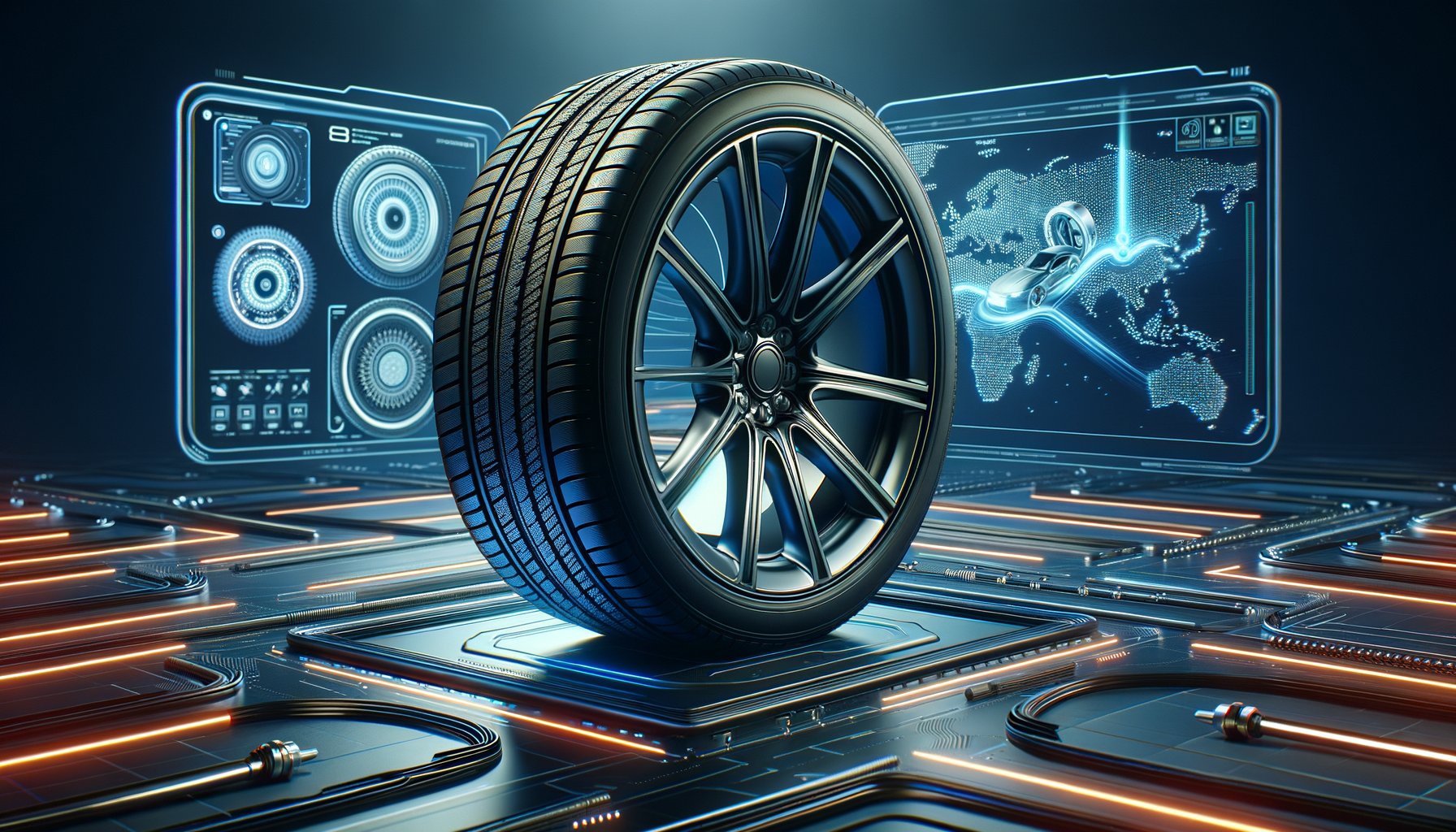Physical Address
304 North Cardinal St.
Dorchester Center, MA 02124
Physical Address
304 North Cardinal St.
Dorchester Center, MA 02124

When it comes to automotive safety, various components play vital roles. However, one element often overlooked is the humble tyre. Despite being the only part of a vehicle that makes direct contact with the road, tyres are frequently underestimated in their contribution to overall vehicle safety and performance. Recent advancements in tyre technology have significantly improved road safety, offering better grip, enhanced durability, and superior handling. This article delves into some of these innovations that are revolutionising the way we drive.
One of the most significant advancements in tyre technology is the emergence of intelligent or smart tyres. These high-tech marvels come equipped with sensors embedded within their structure that monitor conditions like pressure, temperature, and tread depth. The data gathered is relayed back to the driver or vehicle’s onboard computer system, allowing for real-time adjustments and alerts if necessary.
For example, if a tyre’s pressure drops below a safe level, an alert will be triggered on the dashboard warning the driver to inflate it back to optimal levels. This not only prevents potential blowouts but also improves fuel efficiency as underinflated tyres can increase fuel consumption by up to 3% according to studies.
Run-flat tyres represent another innovative leap forward in tyre technology designed to enhance safety. As their name suggests, these tyres can continue running even after suffering a puncture or severe damage – typically up to 50 miles at reduced speeds of around 50 mph.
The secret behind this innovation lies within their reinforced sidewalls which allow them to bear the weight of the vehicle even when deflated fully. This feature provides drivers with enough time and distance to reach a professional repair centre without having to change a tyre on the side of a busy road, enhancing safety dramatically.
While not a direct innovation in tyres themselves, Tyre Pressure Monitoring Systems (TPMS) have become an essential tool for maintaining optimal tyre performance and safety. These systems continuously monitor the pressure within each tyre and alert the driver when it falls below or exceeds recommended levels.
This technology is particularly useful for detecting slow leaks that might otherwise go unnoticed until they cause significant problems. By providing early warning signs of potential issues, TPMS allows drivers to address them promptly, thereby reducing the risk of accidents caused by underinflated or overinflated tyres.
Eco-friendly tyres represent yet another exciting development in tyre technology. These innovative products are designed to reduce rolling resistance – the force required to keep a tyre moving – which can significantly improve fuel efficiency.
The secret behind this advancement lies in their unique compounds and tread designs that minimise energy loss as heat while maximising grip on various surfaces. This innovation not only boosts vehicle performance but also contributes to environmental sustainability by reducing carbon emissions.
Last but certainly not least on our list of innovative tyre technologies are self-healing tyres. These futuristic products contain a special sealant layer within their structure that can automatically seal small punctures or cuts as soon as they occur.
This technology works by allowing the sealant to flow into any damage caused by sharp objects, effectively plugging it before air can escape. As a result, these tyres can significantly extend their lifespan while also enhancing vehicle safety by preventing unexpected flats on the road.
Innovation continues at an unprecedented pace within the world of automotive technology, and tyres are no exception. From intelligent monitoring systems to self-healing capabilities, these advancements are not only enhancing vehicle performance but also making our roads safer. As we continue to push the boundaries of what’s possible, there’s no telling what the future holds for tyre technology.